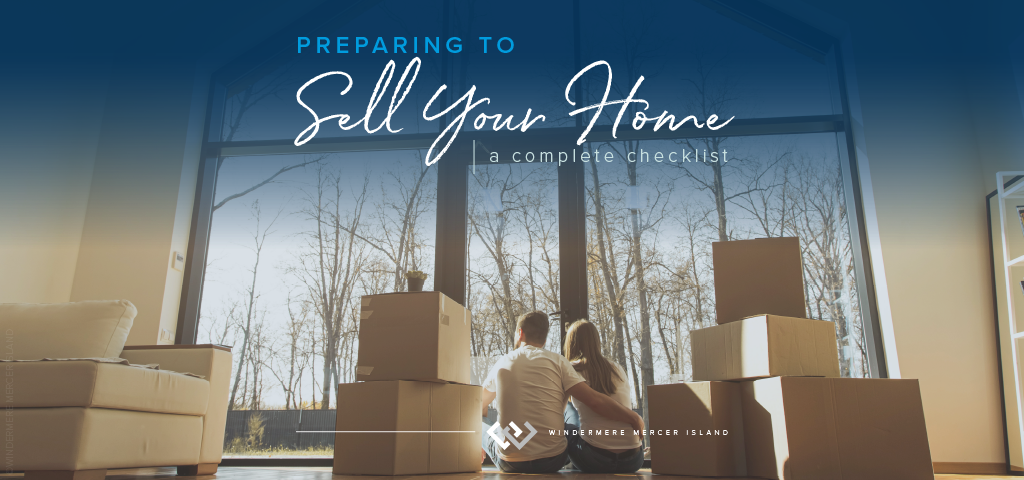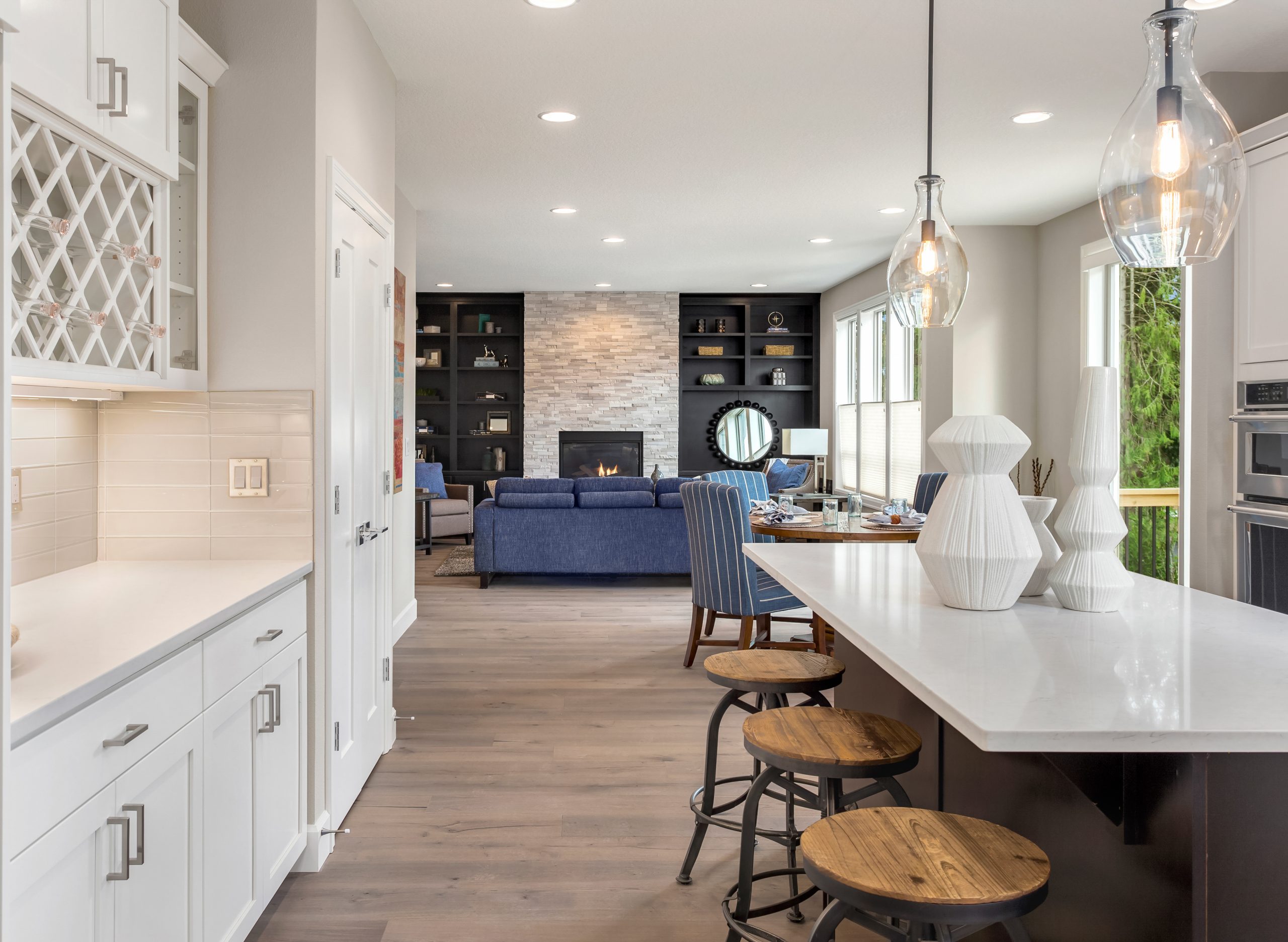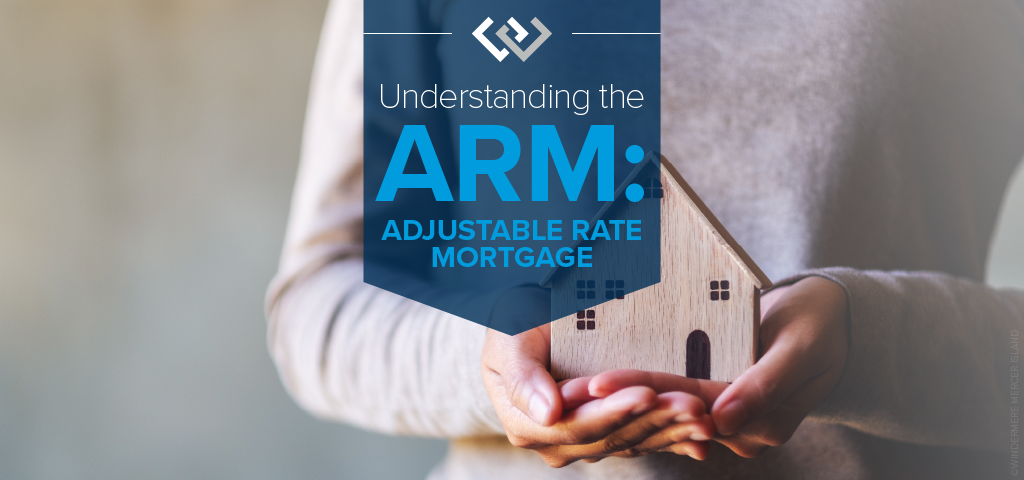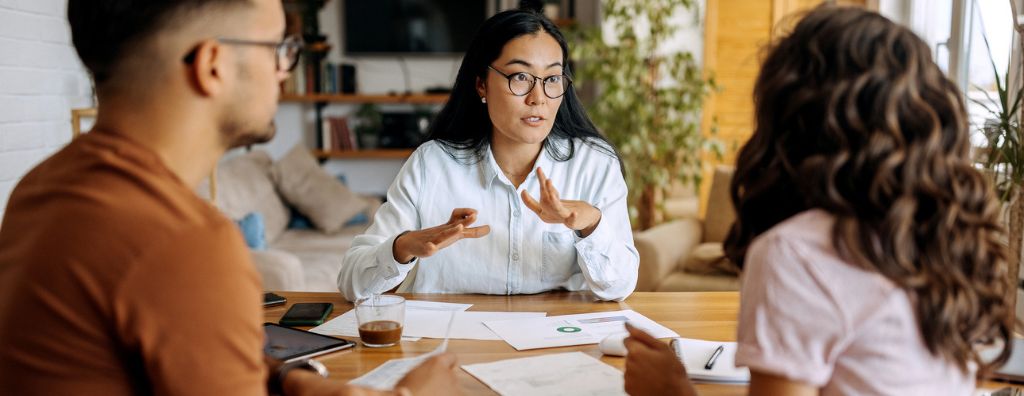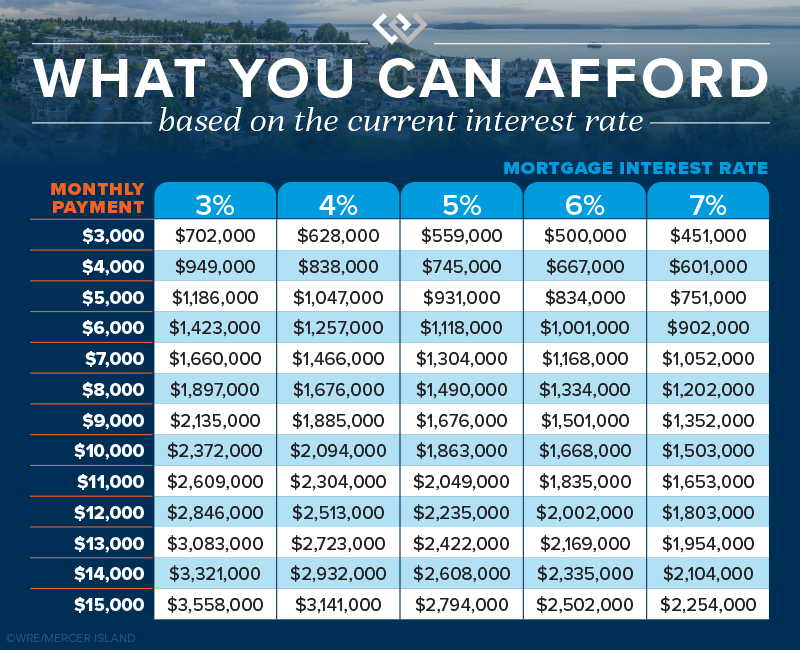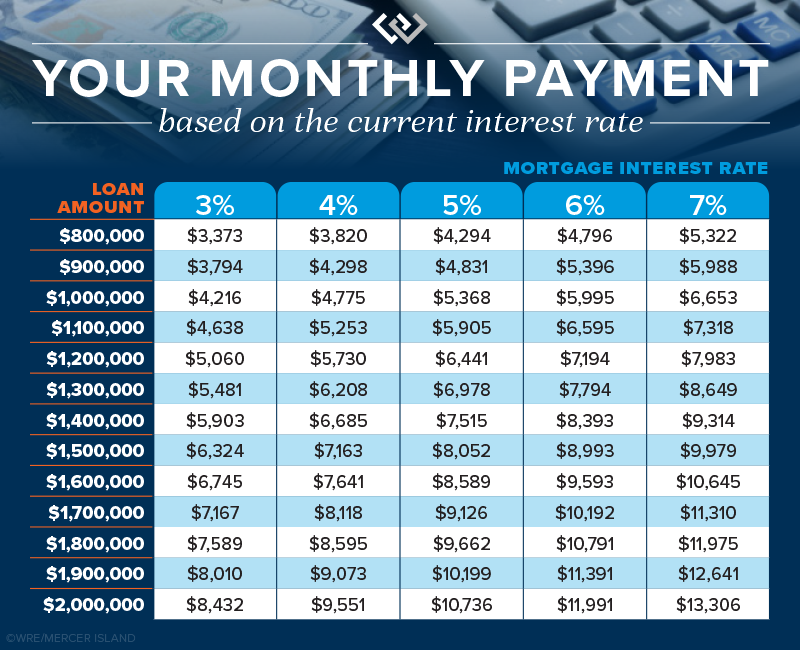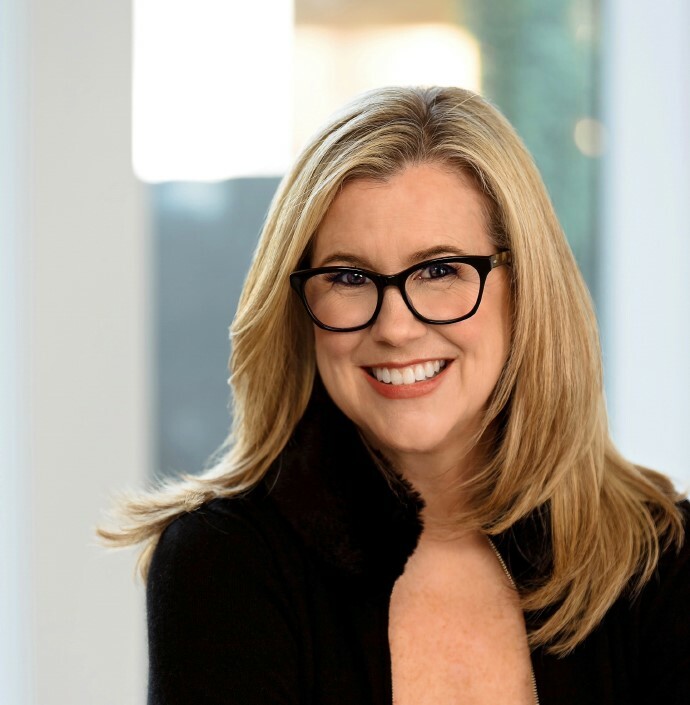For more information on preparing to sell your home, visit my Home Selling Guide:
Q4 2022 Western Washington Economic & Real Estate Update

The following analysis of select counties of the Western Washington real estate market is provided by Windermere Real Estate Chief Economist Matthew Gardner. I hope that this information may assist you with making better-informed real estate decisions. For further information about the housing market in your area, please don’t hesitate to contact me.
Regional Economic Overview
Although the job market in Western Washington continues to grow, the pace has started to slow. The region added over 91,000 new jobs during the past year, but the 12-month growth rate is now below 100,000, a level we have not seen since the start of the post-COVID job recovery. That said, all but three counties have recovered completely from their pandemic job losses and total regional employment is up more than 52,000 jobs. The regional unemployment rate in November was 3.8%, which was marginally above the 3.7% level of a year ago. Many business owners across the country are pondering whether we are likely to enter a recession this year. As a result, it’s very possible that they will start to slow their expansion in anticipation of an economic contraction.
Western Washington Home Sales
❱ In the final quarter of 2022, 12,711 homes sold, representing a drop of 42% from the same period in 2021. Sales were 34.7% lower than in the third quarter of 2022.
❱ Listing activity rose in every market year over year but fell more than 26% compared to the third quarter, which is expected given the time of year.
❱ Home sales fell across the board relative to the fourth quarter of 2021 and the third quarter of 2022.
❱ Pending sales (demand) outpaced listings (supply) by a factor of 1:2. This was down from 1:6 in the third quarter. That ratio has been trending lower for the past year, which suggests that buyers are being more cautious and may be waiting for mortgage rates to drop.
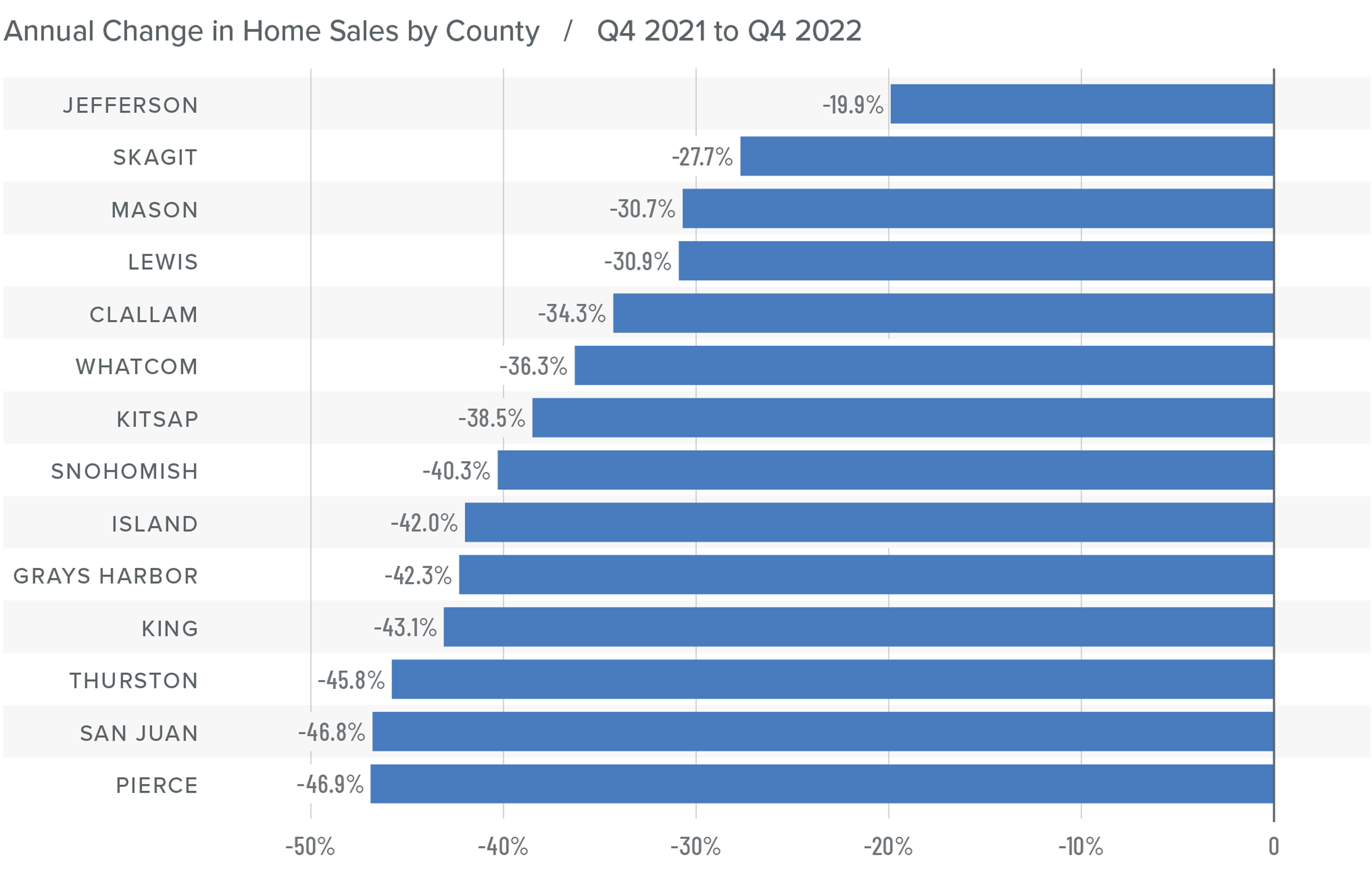
Western Washington Home Prices
❱ Sale prices fell an average of 2% compared to the same period the year prior and were 6.1% lower than in the third quarter of 2022. The average sale price was $702,653.
❱ The median listing price in the fourth quarter of 2022 was 5% lower than in the third quarter. Only Skagit County experienced higher asking prices. Clearly, sellers are starting to be more realistic about the shift in the market.
❱ Even though the region saw aggregate prices fall, prices rose in six counties year over year.
❱ Much will be said about the drop in prices, but I am not overly concerned. Like most of the country, the Western Washington market went through a period of artificially low borrowing costs, which caused home values to soar. But now prices are trending back to more normalized levels, which I believe is a good thing.

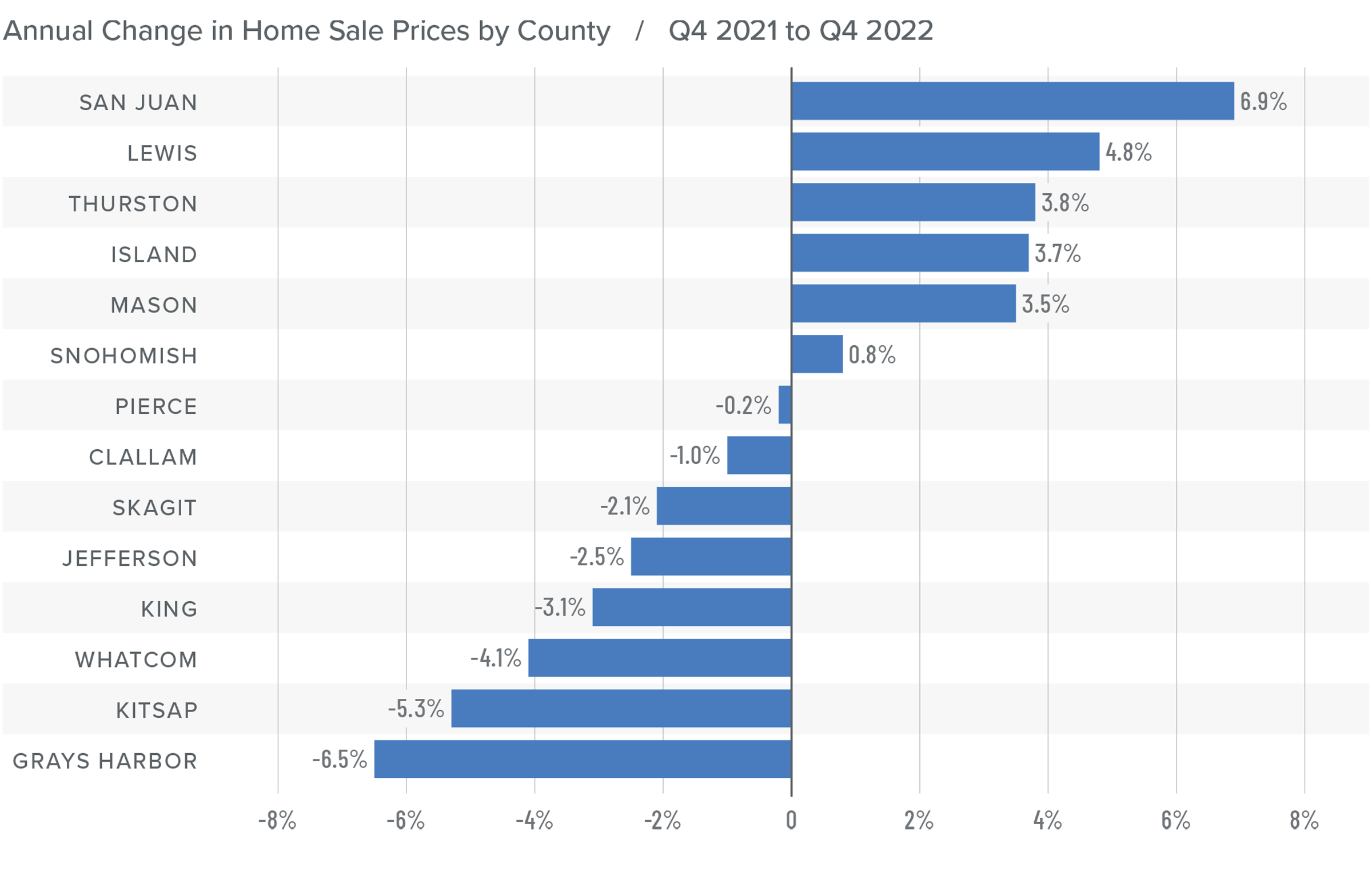
Mortgage Rates
Rates rose dramatically in 2022, but I believe that they have now peaked. Mortgage rates are primarily based on the prices and yields of bonds, and while bonds take cues from several places, they are always impacted by inflation and the economy at large. If inflation continues to fall, as I expect it will, rates will continue to drop.
My current forecast is that mortgage rates will trend lower as we move through the year. While this may be good news for home buyers, rates will still be higher than they have become accustomed to. Even as the cost of borrowing falls, home prices in expensive markets such as Western Washington will probably fall a bit more to compensate for rates that will likely hold above 6% until early summer.

Western Washington Days on Market
❱ It took an average of 41 days for homes to sell in the fourth quarter of 2022. This was 17 more days than in the same quarter of 2021, and 16 days more than in the third quarter of 2022.
❱ King County was again the tightest market in Western Washington, with homes taking an average of 31 days to find a buyer.
❱ All counties contained in this report saw the average time on market rise from the same period a year ago.
❱ Year over year, the greatest increase in market time was Snohomish County, where it took an average of 23 more days to find a buyer. Compared to the third quarter of 2022, San Juan County saw average market time rise the most (from 34 to 74 days).

Conclusions
This speedometer reflects the state of the region’s real estate market using housing inventory, price gains, home sales, interest rates, and larger economic factors.
The regional economy is still growing, but it is showing signs of slowing. Although this is not an immediate concern, if employees start to worry about job security, they may decide to wait before making the decision to buy or sell a home. As we move through the spring I believe the market will be fairly soft, but I would caution buyers who think conditions are completely shifting in their direction. Due to the large number of homeowners who have a mortgage at 3% or lower, I simply don’t believe the market will become oversupplied with inventory, which will keep home values from dropping too significantly.

Ultimately, however, the market will benefit buyers more than sellers, at least for the time being. As such, I have moved the needle as close to the balance line as we have seen in a very long time.
About Matthew Gardner

As Chief Economist for Windermere Real Estate, Matthew Gardner is responsible for analyzing and interpreting economic data and its impact on the real estate market on both a local and national level. Matthew has over 30 years of professional experience both in the U.S. and U.K.
In addition to his day-to-day responsibilities, Matthew sits on the Washington State Governors Council of Economic Advisors; chairs the Board of Trustees at the Washington Center for Real Estate Research at the University of Washington; and is an Advisory Board Member at the Runstad Center for Real Estate Studies at the University of Washington where he also lectures in real estate economics.
This article originally appeared on the Windermere blog January 26th, 2023. Written by: Matthew Gardner.

© Copyright 2023, Windermere Real Estate/Mercer Island.
Your Fall Home Maintenance Checklist

A clever person solves a problem;
a wise person avoids it.
As the days shorten, you can mitigate many mid-winter headaches with some preemptive prep. Proper weatherizing can help protect your home from preventable damage, save money on energy costs, and, most importantly, keep you and your loved ones safe and warm throughout the winter season. Here is a useful checklist to manage your weatherization project. Setting aside some time on a couple of weekend days should be more than enough to knock this out. Scroll down for helpful tips and click here for a printable checklist!
1. Clean the Gutters
After all the leaves, pine cones, pine needles, and other autumnal debris have fallen, clear them out from your rain gutters. This will avoid gutter damage from ice or melted snow draining improperly. Even in warmer locales, gutter buildup & leakage can put undue stress on your roof and home. Make sure your downspouts are pointing away from your home’s foundation to prevent basement leaks and flooding.
2. Look at the Roof
Check for any damaged shingles, corroded flashing, or leaky vents that need to be repaired. When the first heavy rain comes after a long dry spell, check the underside of the roof for moisture on joints or insulation. Mark any spots that you find and then hire a roofing specialist to repair these leaks. If you wait until spots show up on your ceiling, insulation and sheet rock will have also been damaged and you could have a mold problem too. You can find tips on how to solve roof & gutter issues in this great article from http://FamilyHandyman.com.
3. Check the Siding
While the weather is still nice, look for any gaps or cracks and seal them with exterior caulk (here are some tips). You should also touch up any old or loose paint to ensure your home’s exterior has a weatherproof seal.
4. Trim Tree Limbs
If your property has large trees, check for loose branches and call someone to trim back any limbs that may fall in your yard, on your roof or even damage a window. Branches that touch your house and overhang your roof are convenient on-ramps for pests, so trim back branches so they’re at least four feet from the house.
5. Reverse Ceiling Fans
If you have ceilings fans in your home, there is a handy trick you can use to improve your home’s heating efficiency. By reversing the direction of your ceiling fan—running the blades in a clockwise direction—you’ll create a slight updraft, forcing warm air near the ceiling downward.
6. Weatherize Doors
If an exterior door doesn’t have a snug seal when closed, replace the weather stripping; self-adhesive foam stripping is much simpler to install than traditional vinyl stripping but has a shorter lifespan. If there is a gap under the door (which can happen over time as a house settles), you may need to realign the door and replace the vinyl door bottom and/or door sweep.
7. Service the Furnace
Preventative maintenance is crucial for your home’s heating and air-conditioning systems. Fall is a smart time to have your systems checked and tuned up. Don’t wait for extreme temperatures to arrive, when service companies are slammed with emergency calls. Replace filters if you use a furnace and clear out any vents and ducts that carry heat through them. If you have baseboard heaters, wipe them of dust and remove any debris that might catch fire.
8. Check the Chimney
Make sure to have chimneys and air vents inspected and cleaned early in the season if you are planning on warming your home with a wood-burning source. When your fireplace is not in use, make sure to close the damper—some resources estimate an open damper can increase energy consumption by as much as 30%, increasing your bill about $200.
9. Test Safety Devices
Most house fires happen in the fall and winter, with holiday cooking and heating systems both being common causes. Deadly carbon monoxide can also be released by furnaces, stoves, fireplaces, and space heaters. Protect your household by replacing any smoke detectors and carbon monoxide monitors as needed. Check the indicators on your fire extinguishers to make sure they’re still good (or install them if you don’t have them—a Class B extinguisher for the kitchen is a good place to start, but you might need more according to this guide).
10. Winterize Plumbing
Make sure any pipes in unheated spaces—such as the crawl space, basement, or garage—are properly insulated to prevent freezing and bursts. Disconnect hoses and install hose bib covers on all outdoor faucets. Winterize your in-ground sprinkler system…here’s a great wikiHow article with 3 different methods.

We earn the trust and loyalty of our brokers and clients by doing real estate exceptionally well. The leader in our market, we deliver client-focused service in an authentic, collaborative, and transparent manner and with the unmatched knowledge and expertise that comes from decades of experience.
2737 77th Ave SE, Mercer Island, WA 98040 | (206) 232-0446
mercerisland@windermere.com
© Copyright 2022 Windermere Mercer Island.
Adapted from articles that originally appeared on the Windermere blog December 21, 2020, by Sandy Dodge; October 7th, 2019 by Meaghan McGlynn; and September 16, 2016 by Windermere Staff.

 Facebook
Facebook
 X
X
 Pinterest
Pinterest
 Copy Link
Copy Link
